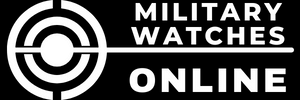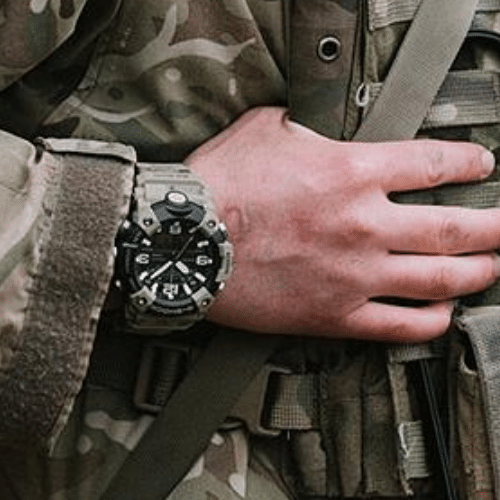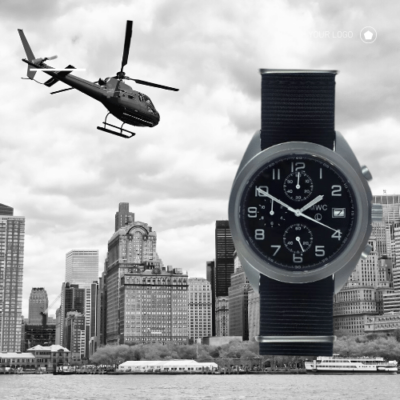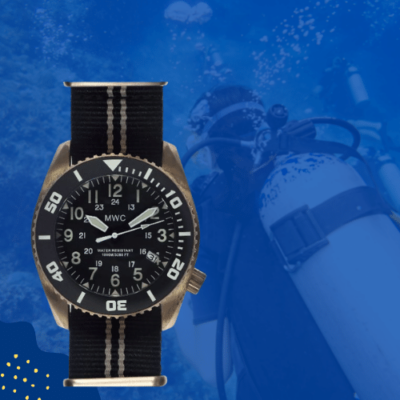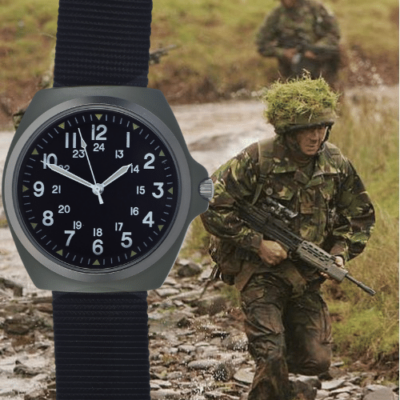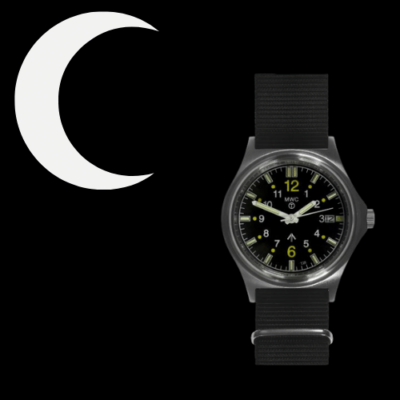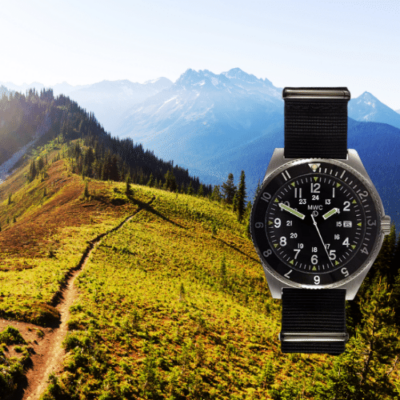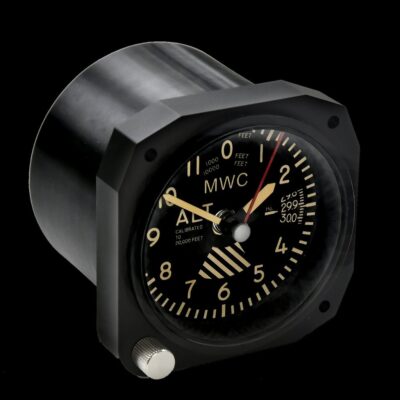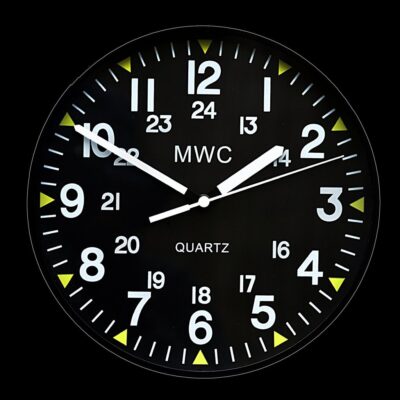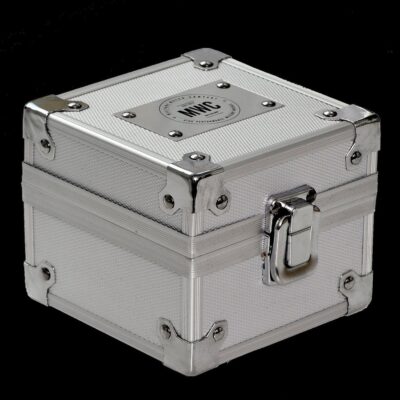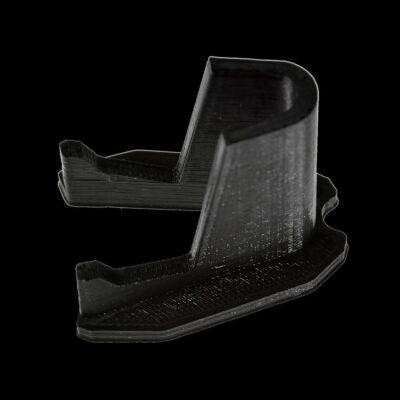News
Will Russia Sell Su-57M1 Enhanced Stealth Fighters to North Korea to Cover its Ukraine War Debts?
Following the outbreak of full scale hostilities between Russian and Ukraine in February 2022, strategic and security ties between Russia and North Korea have continued to expand significantly, as Pyongyang has emerged as the most significant supporter of Moscow’s ongoing campaign. Although Russian procurements of North Korean armaments in 2022 remained conservative, the Russian Armed Forces’ reliance on equipment from its East Asian neighbour has become increasingly extreme, with the deterioration of Russia’s defence sector in the post-Soviet years, and the country’s far smaller inventories of ground force equipment, making North Korea a vital supplier. Nearly half of artillery rounds used by the Russian Army being of North Korean origin by the second quarter of 2025, while many Russian artillery units having come to rely almost entirely on Korean ammunition, with at least six Russian Army artillery units by the middle of the year sourcing between 50 and 100 percent of their munitions from the country.
Russia is reported to have been paying for the immense transfers of North Korean military equipment with hard currency and technology transfers, with unconfirmed reports indicating that limited transfers of armaments have also been made. North Korea is situated in a militarily far more competitive region than Russia, surrounded by China, Japan, South Korea, and United States forces which field significantly more capable militaries than those seen in Europe. As such, while Russian equipment such as the Su-30SM and Su-35 fighters are relatively competitive in the European theatre, in East Asia they would leave the Korean People’s Army behind its neighbours. Nevertheless, North Korean officials have shown an interest in acquisitions of Russian fighters for some years, and in September 2023 inspected facilities at the the Komsomolsk-on-Amur Aviation Plant in Vladivostok producing Su-35s and Su-57s. The latter would provide a broadly peer level capability to the F-35s fielded by the country’s adversaries, and would likely be a significantly more cost effective investment than other Russian fighter types due to its significantly superior combat potential.
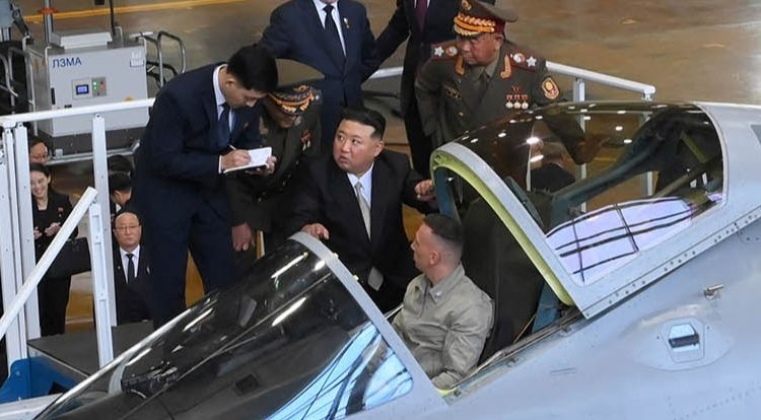
Manned combat aviation remains one of the few areas where North Korea’s large defence sector has been unable to produce for its own needs, with the country having been unable to procure new Russian fighters since the early 2000s due first to Western pressure on Moscow, and subsequently due to the imposition of arms embargoes by the UN Security Council. Supplying the Su-57 would provide Russia with a means of both covering its sizeable and fast growing debts to the country, and of strengthening the aerial warfare capabilities of a key strategic partner. A stronger North Korean aerial warfare capability would be highly beneficial for Moscow, and reduce pressure Russia’s defences in its Far Eastern regions. The sale could also serve to further stimulate foreign interest in the program, while subcontracting parts of production to North Korean manufacturers may have the effect of improving performance and reducing costs.
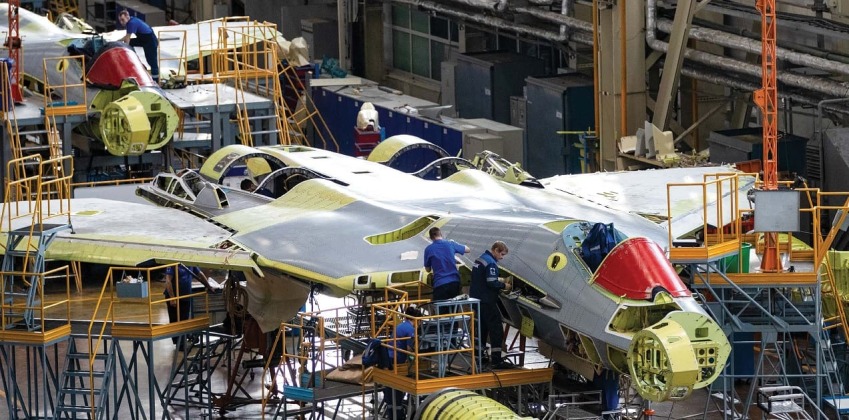
Possible loopholes which Moscow could seek to exploit in the current UN arms embargo on Pyongyang to facilitate fighter exports were explored in detail by leading expert on North Korean security A. B. Abrams in January 2024, with one possibility being the formation of joint units that could have some Russian personnel deployed to avoid labelling the transfers as exports. The possibility of Moscow ignoring the arms embargo entirely also remains significant. Providing a possible indication of planned procurements, South Korean government sources in October 2024 reported that North Korean combat aviation pilots had been dispatched to Vladivostok in the Russian Far East the previous month, raising the possibility that they may have begun training on modern fighters.
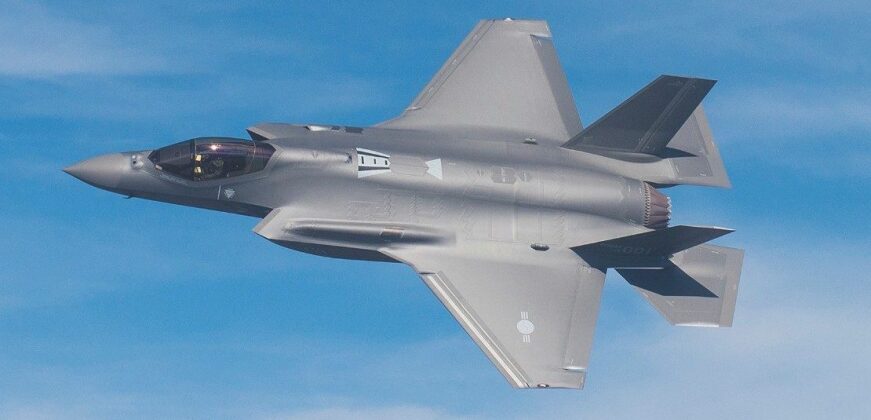
With North Korean sources having expressed significant concern regarding the deployment of F-35s in South Korea and Japan, acquiring Su-57s to support the country’s increasingly advanced ground based air defence network would provide a means of securing the country against this emerging challenge. The fighter’s appeal could increase further as the new Su-57M1 variant is expected to become available by the end of 2026, with the type having a widened airframe capable of supercruising at higher speeds and benefitting from superior stealth capabilities, as well as a new primary radar and new AL-51F engines. The baseline Su-57 has been more intensively combat tested than any other fighter type of its generation, with operations in the Ukrainain theatre having included air defence suppression, air to air combat, and operations in heavily defended enemy airspace, as well as a range of precision strike missions, with the new variant improving on its capabilities significantly.
